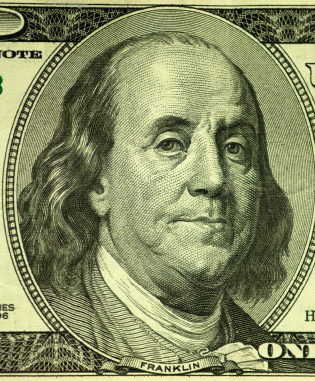What Is a Claim in Auto Insurance?
What an insurance claim is, the process of an auto insurance claim, and what to do if there’s a problem with your auto insurance claim.
Much can be said about the various nuances of insurance, but ultimately it all boils down to one thing: claims. Without claims, or at least the possibility of claims, there is no point to insurance. It is therefore an exceedingly important subject to consider when discussing any insurance topic.
Property and casualty insurance companies fully expect to spend two-thirds of their revenue on claims. They are required by law to keep large amounts of money on hand in reserves for the purpose of paying claims.
Claims are a big deal for any insurance company, auto insurance or otherwise; any company that doesn’t take claims seriously should be regarded with immediate suspicion.
Simply put, a claim is a notification of loss made by an insured to the insurance company. The insurance company then investigates the claim and assuming the claim is legitimate indemnifies the insured for the loss per the terms of the policy. It’s pretty straightforward, but there are certain steps that need to be taken to get to that all-important claim check.
The Auto Insurance Claims Process
Instructions to contact your insurance company are located on your auto insurance card you should carry in your vehicle at all times. Some companies will have you contact your agent, while others provided dedicated claims phone services. Contact your company as soon as possible after an accident.
Provide all the facts you can about the accident, including time, date, what vehicles were involved, extent of damage, if there were any injuries and if any law enforcement was called on the scene. Don’t worry if you can’t remember all that, the agent or claims representative will be able to help you.
Once the claim is reported it is assigned to a claims adjuster. The adjuster is either an insurance company employee or a contractor who specializes in investigating claims. A claims adjuster is never an agent. Indeed agents often have no direct contact with the claim itself after the initial report. Keep in contact with the adjuster for up to the minute reports. In addition, some companies now offer a special service that allows you to keep track of your vehicle while it’s being repaired.
After any deductibles the claim is paid in one of two ways, either directly to you as a cash payment or in services performed by the repair or auto body shop. Either way, the payment must be approved by the adjuster before the insurance company authorizes payment. Of course, if a cash payment is made the insurance company won’t pay to have the car fixed. You’re on you’re own with that.
Handling Disputes
If you are unable to resolve disputes with your adjuster, you can hire a third party adjuster for a second opinion of the damage. Lawyering up and going to arbitration or court should only be done in extreme cases after all other avenues are exhausted.
While a claims adjuster necessarily works for the insurance company, a good adjuster will work with you to give you the best claim settlement possible. Don’t be afraid to ask questions and check up on the work done throughout the process.





